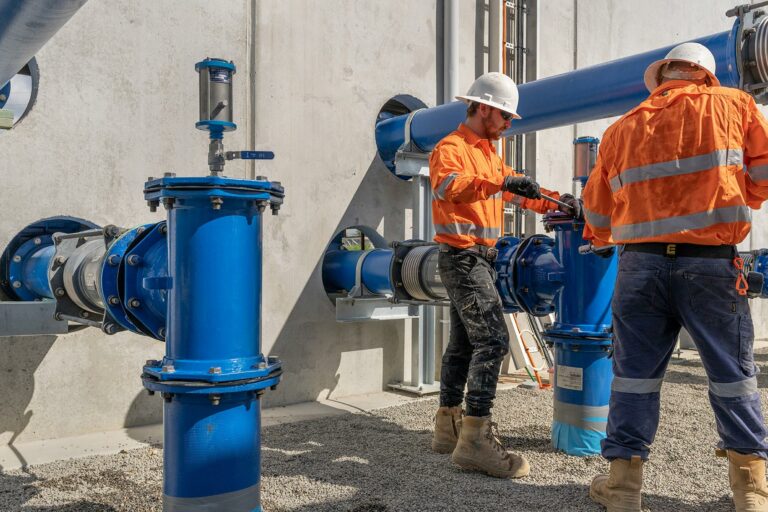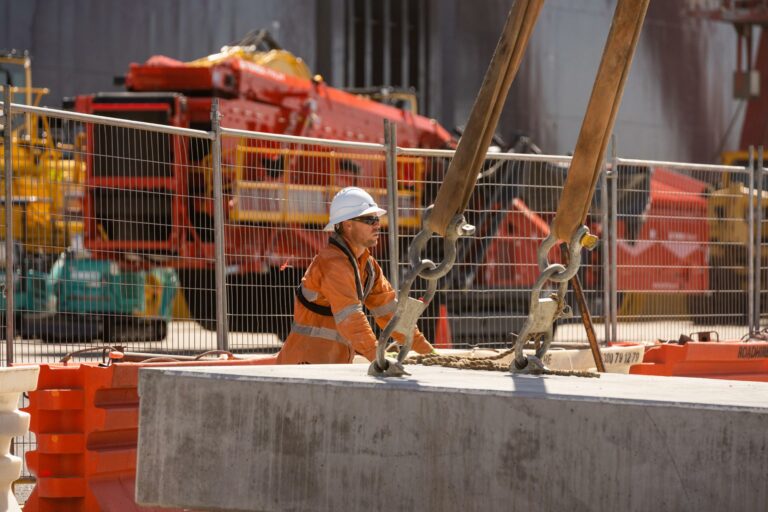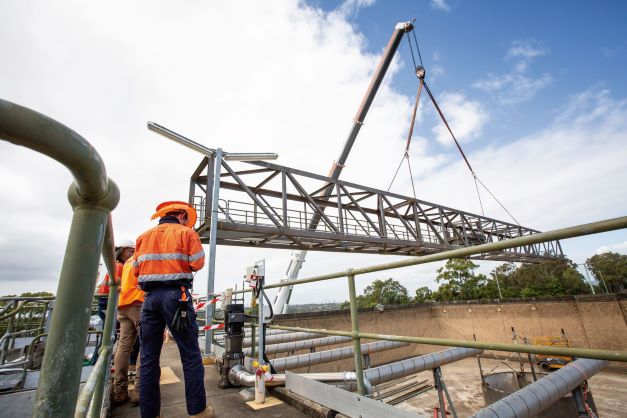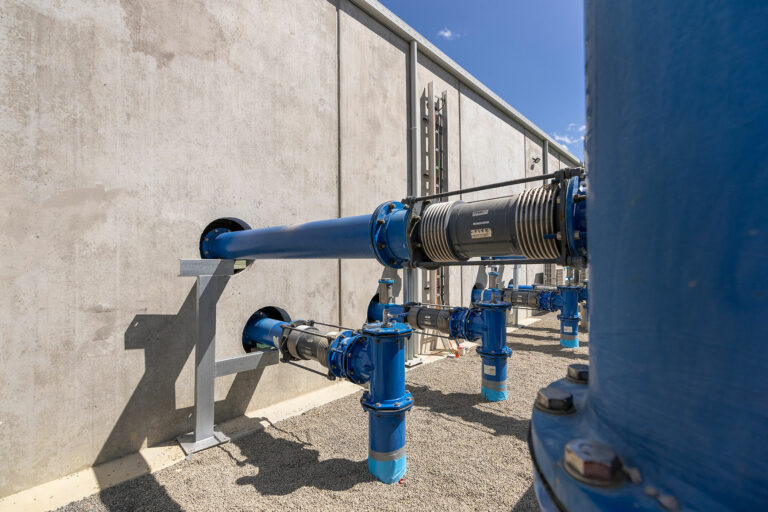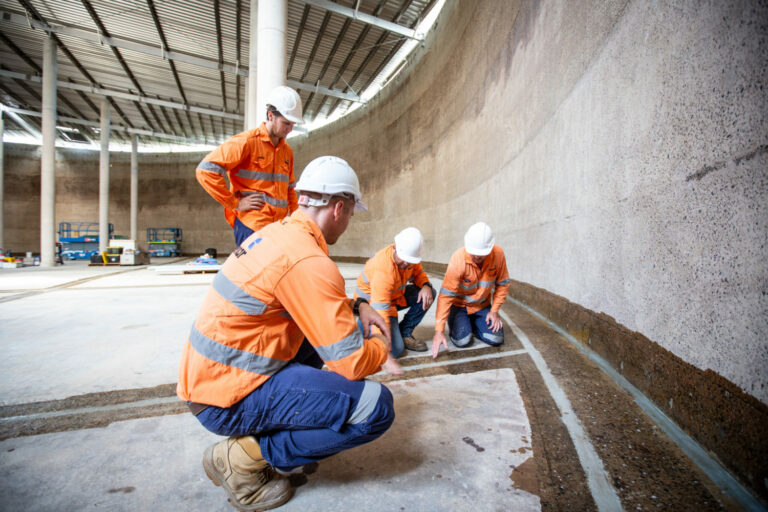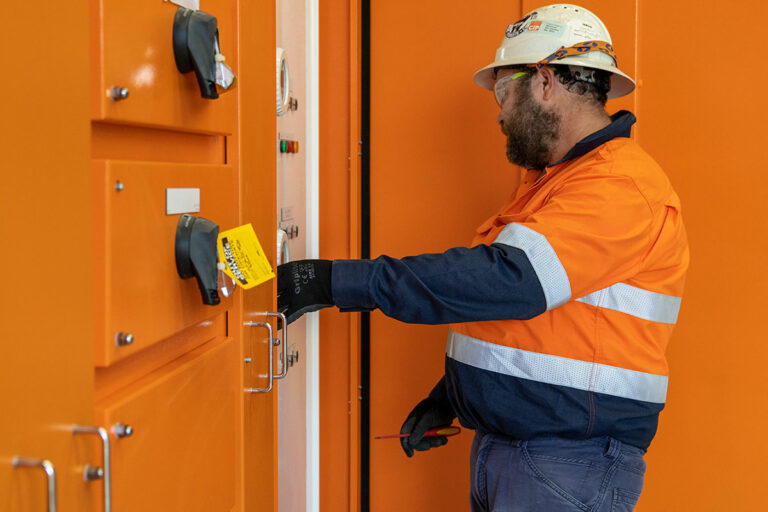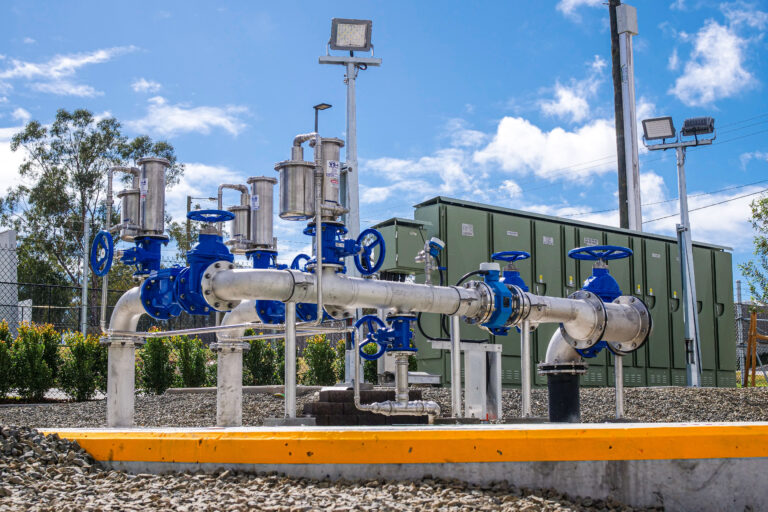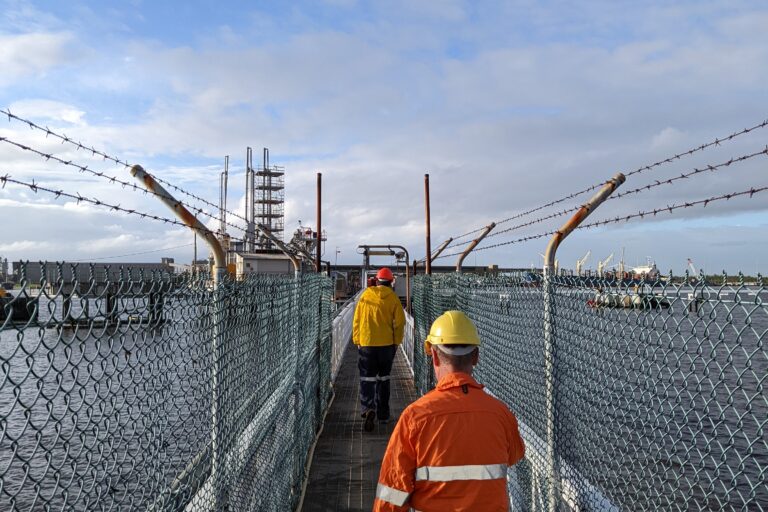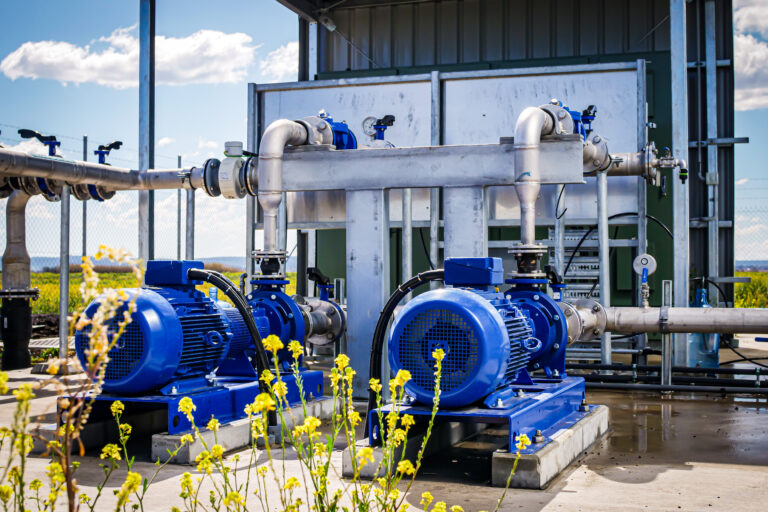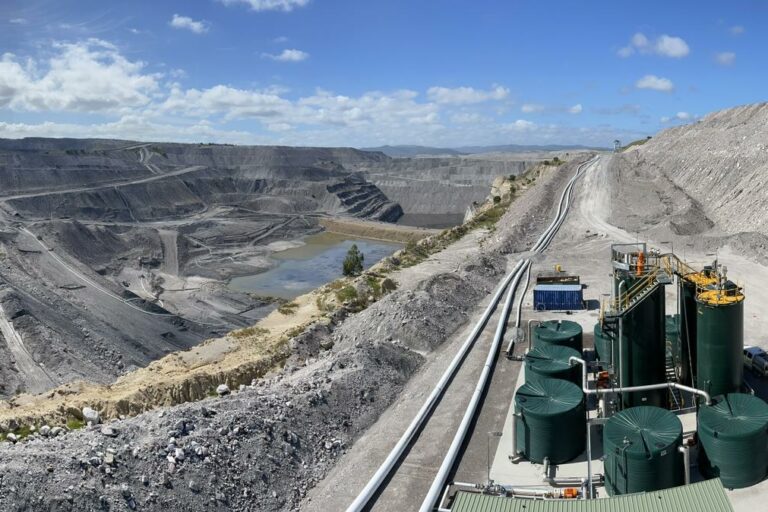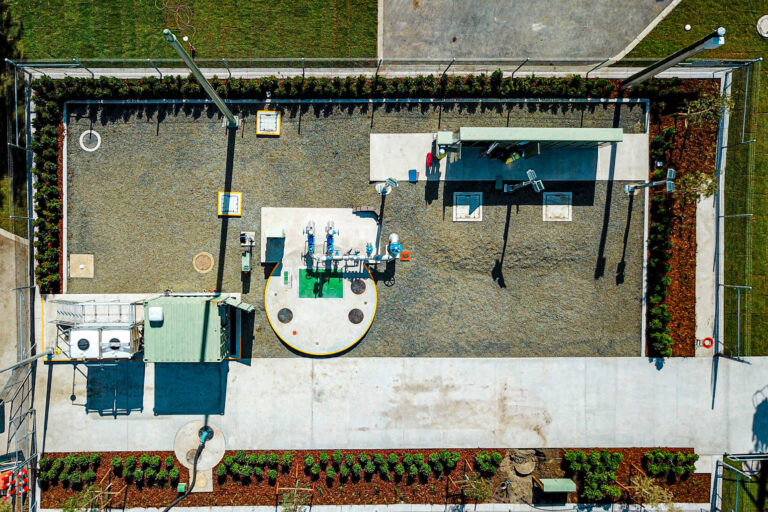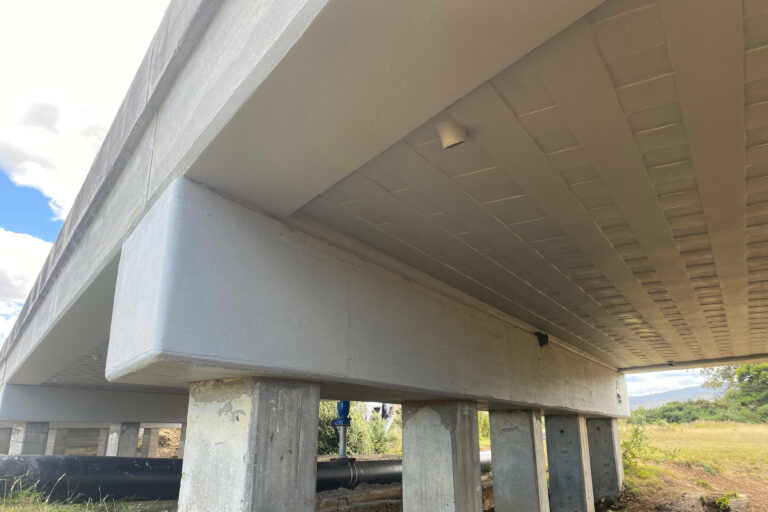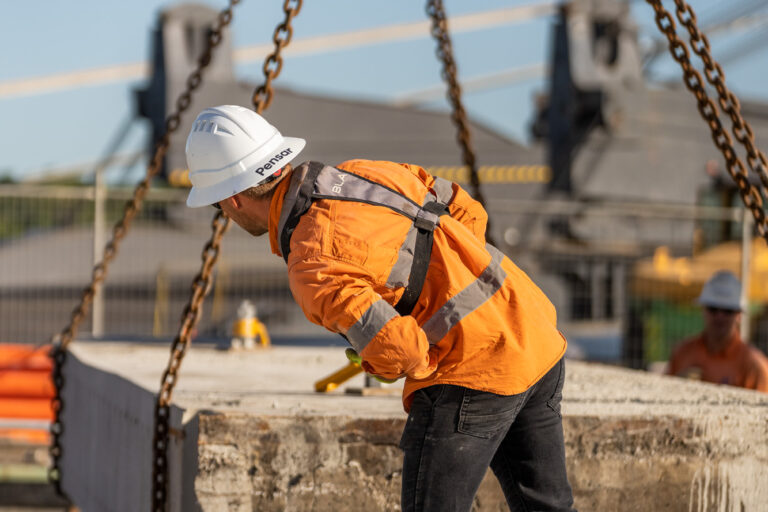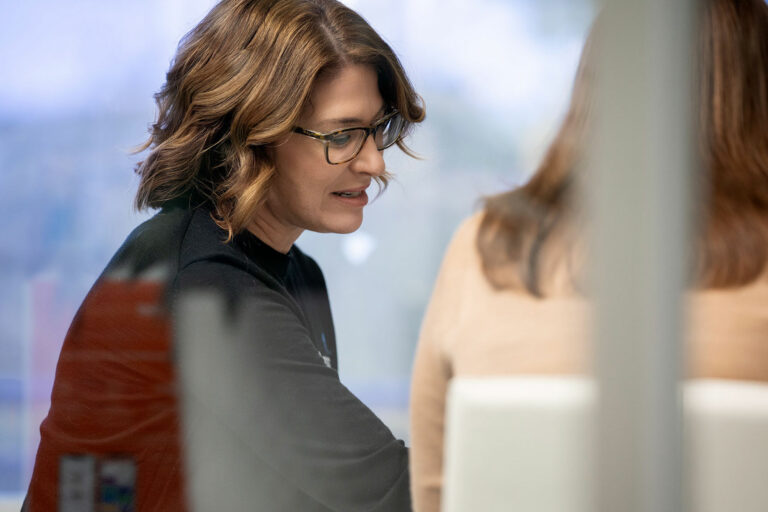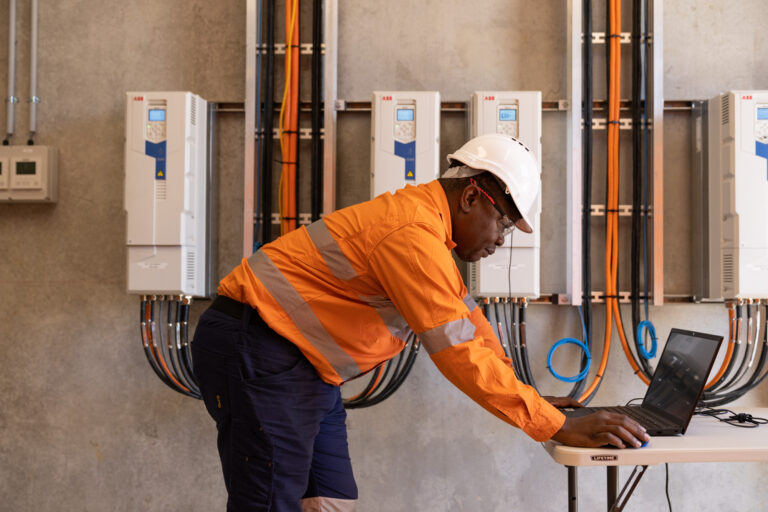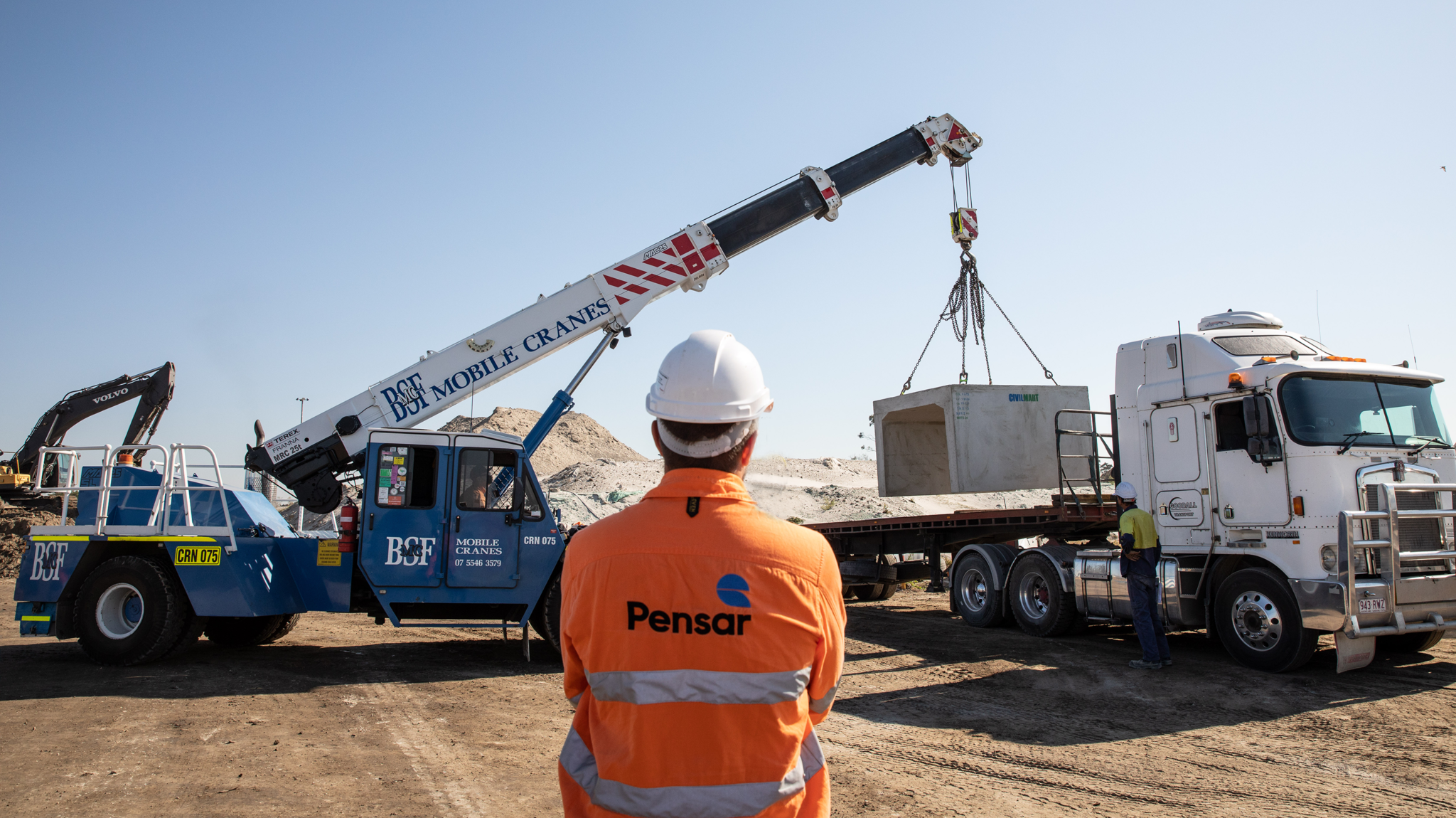Everyone has the right to return home safe to their friends and family at the end of the work day.
This is the commitment of Pensar’s Health, Safety, Environment and Quality Manager Daryl Curran, who is seeing some welcome changes in industry and government approaches to workplace safety that he hopes will result in safer workplaces.
While all work sites aim for a zero-injury record, he says industry and government views on how to maintain safety and enforce compliance is ever-changing.
The biggest change is the move away from the systems and documentation approach that has defined the way WH&S has been managed towards a more consultative, grass roots approach that is being led by workers themselves.
“Ultimately the responsibility for workplace safety rests with the workers on site, not with who sits behind a desk drafting policies and procedures,” Daryl says.
“While there is a place of formalised procedures, evidence tells us that creating safe systems of work, rules and regulations without consulting those who are actually doing the work is ineffective.
“Leading companies are now realising this and are changing the way they approach workplace safety – there is a lot of positive conversation around the difference between work as imagined and work as actually done.”
According to Daryl, this means spending less time writing procedures that are then handed over to work teams and more time involving and empowering teams to take leadership roles in promoting safe work sites and practices.
“It doesn’t work to have people who are detached from the workplace writing documentation and then expecting it to be implemented without consultation,” he says.
“If we empower experienced individuals on the ground to become leaders, be responsible for their own work habits and attitudes and understand that they are role models to less experienced team mates, there will be a positive impact on the entire workplace culture.”
However, Daryl concedes that turning peoples’ attitudes around isn’t always easy or quick.
The biggest barrier is often a small but vocal minority who may be reluctant to change both attitudes or behaviour.
“The more people we can empower to become positive influencers and to understand that what they think and say matters, then the vocal minority will grow silent,” Daryl says.
“Everyone has the ability to do the right or wrong thing, make a positive or a negative choice. Understanding that their choice can impact them, their workmates or their entire workplace is paramount.”
Daryl says another significant change is the shift away from a culture of blame when incidents do occur.
“Many of our clients tell me that when incidents do occur, they don’t want to focus on individual blame but rather on properly identifying the root cause so that everyone can look at lessons learned and improve.”
Daryl believes that while change needs to occur at the grass roots level, it needs to start with senior management. He cites Pensar as an example of a supportive management culture.
“I consider our senior management team to be at the forefront of understanding the value of our people – they are flexible and open to suggestions, innovation and new practices.
“For example, we are about to take some people out of their ‘day jobs’ one day per month to rework all of their Safe Work Method Statements (SWMS) and procedures to ensure that what is work as imagined transfers to work as done.
“While taking a resource offline will impact on production, our Directors see the value in getting our teams to participate in a safety leadership program that they will help shape and implement – and how empowering that is for them.
“Safety procedures shouldn’t be followed just because peoples are scared of getting in trouble if they don’t comply – I want them to understand that processes are in place so they can all go home safely and enjoy time with family and friends.”
So what does Daryl hope that the next decade will bring for safety in the workplace?
“I hope that in 10 years there will be less documentation, better resourcing and planning up the chain so that we don’t unload complex tasks onto our work teams in the last minute.
“The key message to workers is that they matter, their opinions and input matter and without their participation a safe workplace won’t be achieved.”

